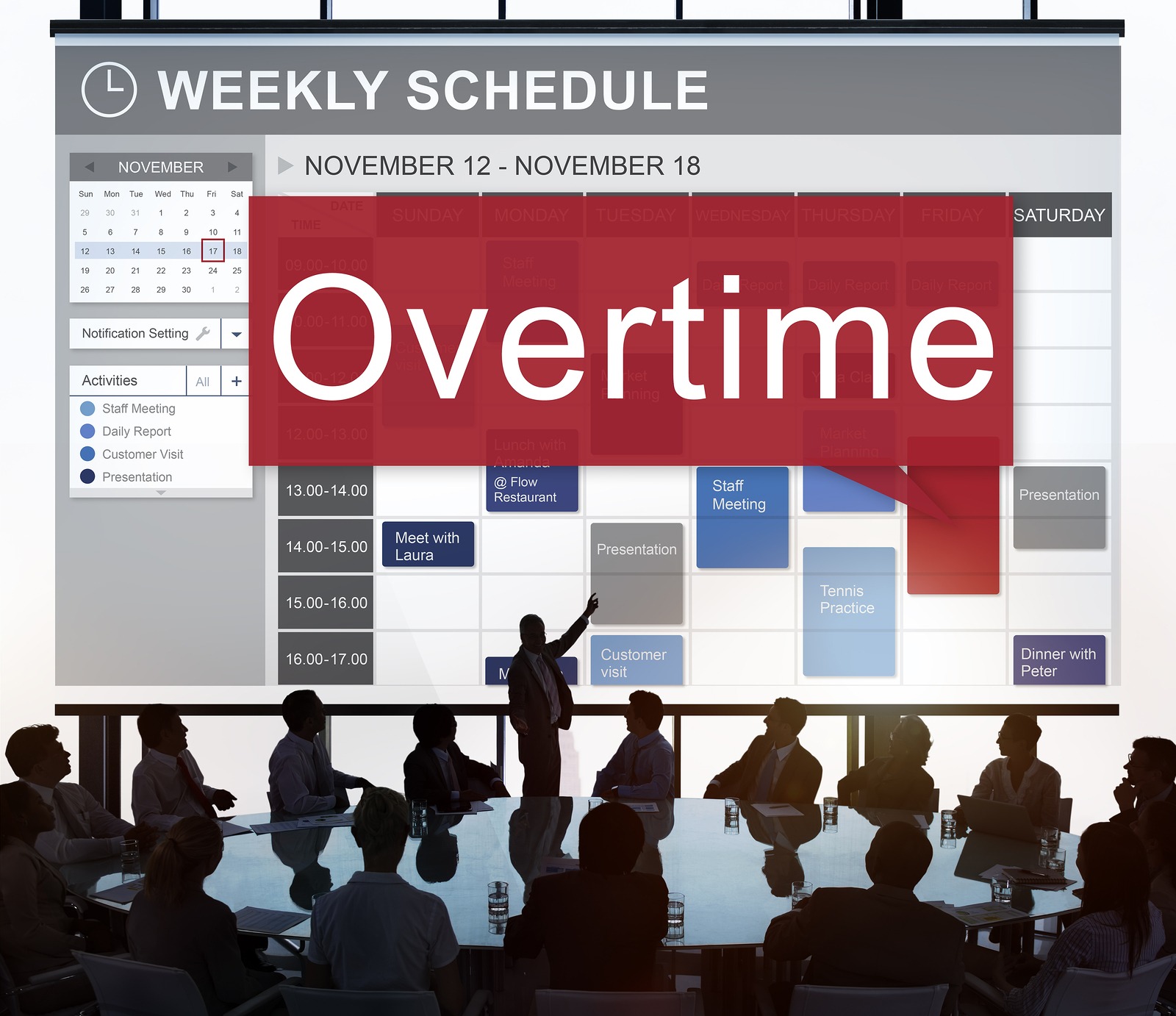A country divided is what we are all hearing. I’m tired of hearing it, are you?
But as I examine the problem, realizing I am, like we all are, a part of it, I think Steve Boese in his HR Technology Blog described the problem best as he summarized the meaning of a chart illustrating the growing income divide in our country:
Their jobs, if they are employed, are worse than the ones they used to have. They have less job security than ever before. They are increasingly unprepared to do many of the ‘new’ kinds of jobs that might improve their situation. And every day some 23 year-old Stanford grad invents some new technology that has the potential to automate, disaggregate, and ‘productize’ with an app or a algorithm the kinds of work they used to rely upon to take care of themselves and their families. Self driving cars are going to be awesome, right? Unless you are a bus, taxi, or commercial truck driver. If you have one of those jobs, well, good luck.
I am stupid and I do think it’s the economy. And I think until we all figure out ways to have this incredible, amazing, technologically wonderful future more evenly distributed we will remain a country very divided.
And I believe, like Horace Mann said, “Education then, beyond all other devices of human origin, is the great equalizer of the conditions of men, the balance, wheel of the social machinery.”
Here in lies our solution, education, but it must be education preparing the current and future generations to be prepped for the jobs of the future, not the jobs of the past, as Boese points to.
There are many organizations focused on education of and for the future. One such organization is HudsonAlpha Institute for Biotechnology. Life science, shaped by our growing understanding of the human genome, is one such industry of the future.
HudsonAlpha’s Educational Outreach team is “helping create a workforce for life science companies of the future. The education programs train future scientists through hands-on classroom modules, digital learning, materials and in-depth school and summer camp experiences for educators and students.”
Many of their resources, like the resources that other people and organizations are creating as we seek to move our educational system to a place of relevance, are free to anyone and everyone. For example, Touching Triton is a free online educational activity that builds an understanding of common complex disease risk influenced by factors from family history, environment, and genomic data. HudsonAlpha also has an app that explains cells at their basic level on various reading/grade levels. Download iCell here.
All major issues, especially education and income equality are complex issues. They aren’t fixed by one golden sword.
But getting technology that can deliver free education into the hands of all allows for learning about and from technology that can equip us all for the future. It can be the mode for delivering free, cutting-edge educational resources, while at the same time providing a mechanism for learning and comfort with technology that is more than required for today’s workforce. And maybe, just maybe, it can help heal divides that result from income inequality in my community and yours.
So, today a challenge: Please share 1) any free digital or online educational resource that you know of that equips students, young and old, for jobs of the future and/or 2) any resource that gets technology in the hands of all so these educational resources can be accessed.
As is so commonly the case, it isn’t that the resources aren’t available, it’s that exposure and awareness of the resources is not. Let’s fix this by making a listing such resources, like HudsonAlpha’s, go viral.




